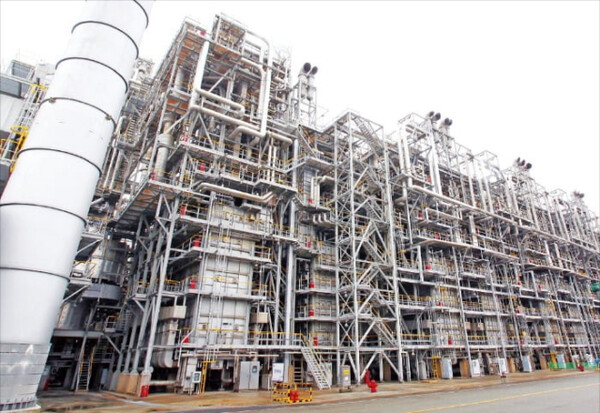Impending Currency Crisis Looms Over Korean Companies
As the won-U.S. dollar exchange rate climbs beyond 1,480 won, Korean companies face a daunting 'currency crisis.' This surge, amidst a global economic downturn, has escalated import costs for raw materials and overseas investments, directly threatening corporate performance.

Survey Highlights: The Tipping Point for Businesses
A recent survey among South Korea’s top 500 companies revealed that the acceptable won-U.S. dollar exchange rate is 1,390.84 won. With the current rate exceeding this threshold by approximately 80 won, businesses are on edge. Predictions for next year’s rate vary, with a significant portion anticipating further increases.
Exchange Rate Fluctuations: A Double-Edged Sword
While a weaker won could enhance price competitiveness in overseas markets, it also raises raw material import costs, squeezing profitability. Conversely, a stronger won reduces import costs but may weaken overseas market competitiveness. This shift challenges the traditional view that higher exchange rates invariably benefit domestic companies.
Industry-Specific Impacts: A Closer Look
Industries like construction and manufacturing are particularly vulnerable, with rising costs for imported raw materials. The steel and petrochemical sectors, heavily reliant on imports, face potential large-scale shutdowns if high exchange rates persist. The petrochemical industry, entirely dependent on imported raw materials, is directly hit, with companies struggling to find a viable solution to the ongoing crisis.








Comments